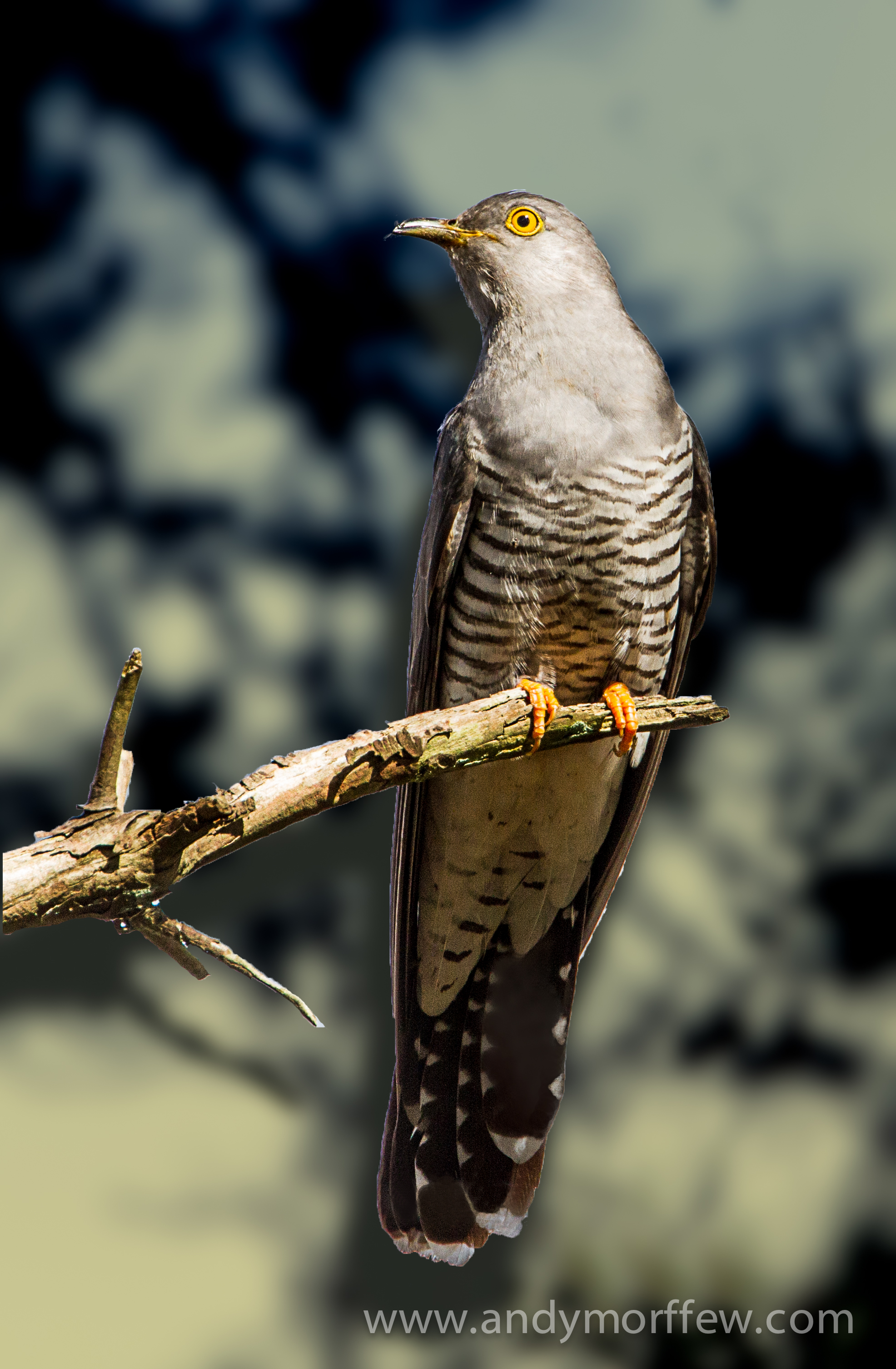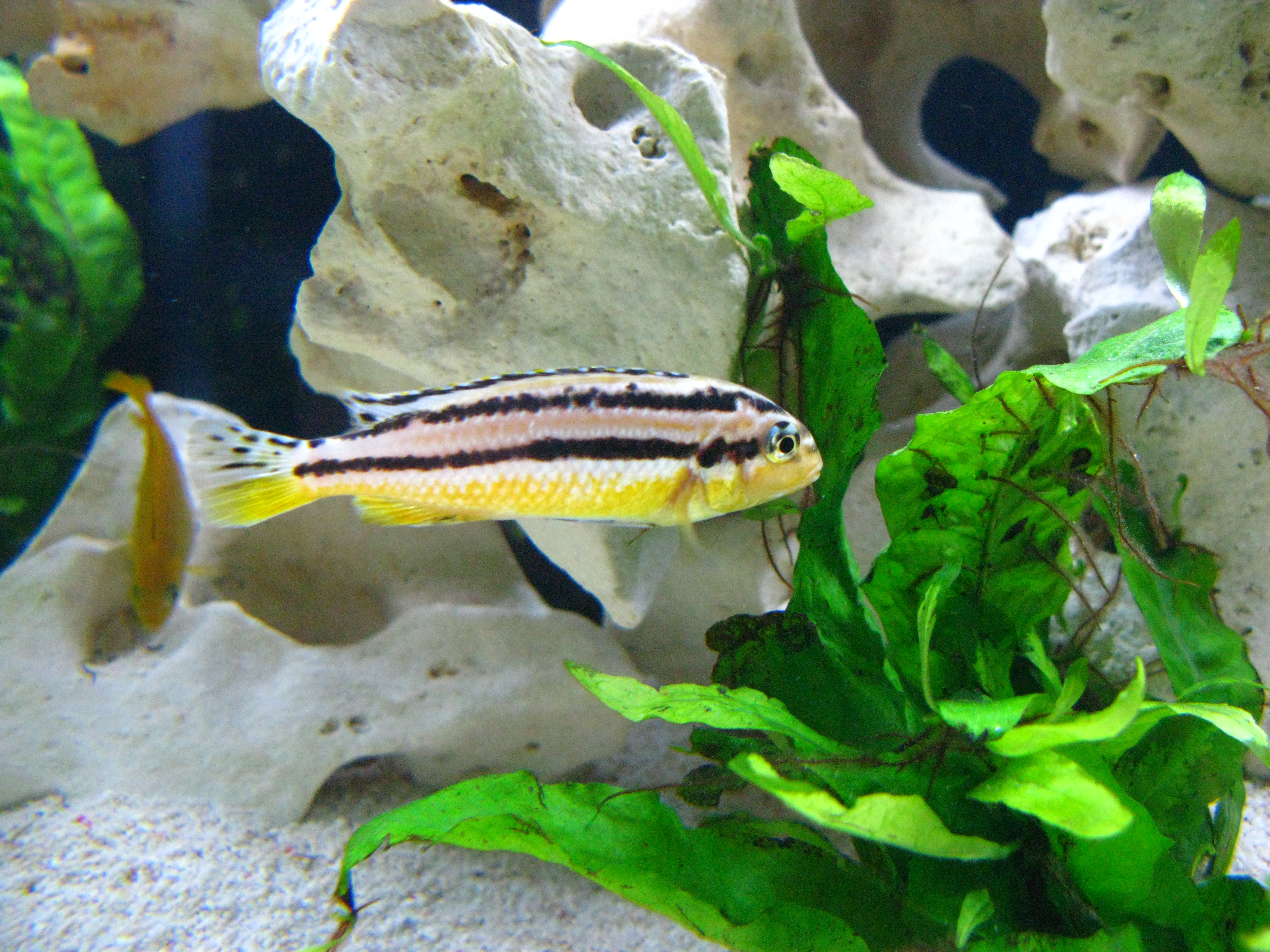How to stop catfish from foisting their babies on you
Fish don’t have a reputation for smarts, but species that co-evolved with catfish know to avoid them
calwhiz / Flickr
Two cichlids, small silver fish brushed with yellow, romantically swoop and dive around each other. Just out of reach of the breeding pair, a duo of leopard-printed cuckoo catfish prowl, their thick whiskers tasting the water, ready to pounce. The female cichlid shudders and lays her eggs on a carefully-constructed sand nest.
The catfish bust in like a pair of outlaws in a saloon. They gobble up some of the oval-shaped cichlid eggs, replacing them with tiny, round catfish eggs. It only takes a few seconds. Uncertain, the mother cichlid gently scoops the eggs into her mouth to raise as her own. It’s just another day in Lake Tanganyika, Africa.
Mouth-brooders
Raising kids takes a lot of time, effort, patience, and energy. In an attempt to avoid the massive cost of parenting, some species, like sea turtles, opt out of parental caregiving – they simply drop their eggs in a hole in the ground and hope for the best. In contrast, many mammals care meticulously for their young, guiding them through the tumultuous early stages of life. A few species get the best of both worlds, having evolved a cunning strategy called brood parasitism, where parents secretly force the responsibilities and costs of raising their offspring onto unsuspecting hosts. The best known example of brood parasitism is the cuckoo bird, which lays its eggs in the nests of other songbirds to be raised by unsuspecting, overworked parents.

Like the clock
Andy Morffew / Flickr
Following its namesake’s infamous example, the cuckoo catfish exploits the unusual mouth-brooding strategy of its cichlid hosts. Mouth-brooders provide parental care and protection for their offspring by sheltering them in their mouths until they are large enough to fend for themselves. It’s an effective strategy, but tough on the parents, who rarely feed while brooding their clutch. Catfish looking to breed strategically disrupt the spawning of their hosts so that their offspring can hitchhike into the mouth of their unsuspecting, adopted parents. In addition to being a waste of time and energy for the cichlid hosts, baby catfish are little brats, and will snack on their adopted brothers and sisters. Often all the cichlid babies will be long gone by the time the mother releases the brood into the world.
How can cichlids defend themselves from catfish, and avoid wasting time and energy raising someone else’s kids? A new paper, published in Science Advances by Martin Reichard, an evolutionary ecologist at the Czech Academy of Sciences, investigated the dynamics of this strange interaction. Playing both matchmaker and wedding crasher, the researchers experimentally infected the clutches of a few species of cichlids with cuckoo catfish to measure how evolutionary history and individual experience influenced the success rates of brood parasitism.

A chiclid
Thomas Giuretis / Flickr
First, the researchers characterized and compared the baseline rates of parasitic catfish infection among cichlid species. Like the other Great African Lakes, Lake Tanganyika is an evolutionary hotspot, displaying an impressive variety of cichlids that diverged over a relatively short period of time. Part of this diversity may be in variation in the ability to suss out parasites. The team hypothesized that cichlids that had co-evolved with cuckoo catfish would have lower rates of parasitism, because they would have developed better defense strategies. Indeed, Simochromis diagramma, a Lake Tanganyika native that knows the cuckoo catfish well, showed rates of parasitism that were 7 to 11 times lower than cichlid species from Lakes Victoria, George, and Malawi, where there are no cuckoo catfish.
Catfish pros and cons
The best way to combat brood parasitism, aside from chasing the catfish away before spawning, is a scorched earth strategy of rejecting the entire brood of suspect eggs and starting over fresh at some other time. Of course, this strategy comes with the cost of losing a round of potential offspring. Cichlids that evolved with catfish seemed to be more accepting of this sacrifice. When scientists artificially infected broods with catfish eggs, catfish-wise cichlids had much higher rates of egg rejection than naïve species unused to such harsh tactics. For cichlids trying to raise broods in the presence of catfish, reproductive success involved a trade-off between the cost of raising a brood of little catfish, and the costs associated with unnecessarily destroying their own brood for fear of parasites.
Fish don’t typically have a reputation for being smart, but cichlid species that had co-evolved with catfish showed an ability to learn — acquiring strategies absent in species that did not encounter catfish in their evolutionary history. Females previously exposed to cuckoo catfish were more successful at raising their offspring to independence than naïve fish that had never before seen a catfish. How they did this is still a bit unclear, but experienced fish seemed to be much pickier about which clutches they raised, and may have even been able to learn to recognize cuckoo catfish intrusions and egg dumping from watching other fish encountering parasites.
This study is the first of its kind to dig into the evolutionary and individual dynamics at play between the cuckoo catfish and its host cichlids. Even with their defenses bolstered by natural selection and past experience, cichlids pay a high price to keep their adversary in check, demonstrating the effectiveness of the cuckoo catfish’s reproductive strategy.
Being the only non-avian vertebrate brood parasite, and first reported only 30 years ago, much more is left to discover about natural selection, learning, and the ecology of parasites from the cuckoo catfish and its unwilling associates.